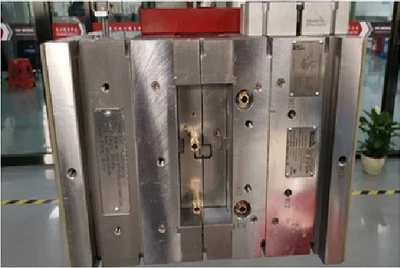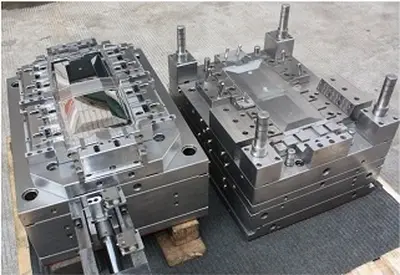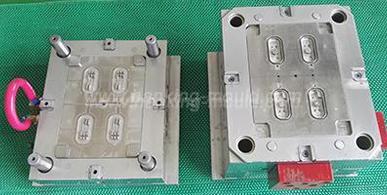

Custom plastic parts are an essential aspect of many industries and applications. The versatility of plastic materials makes it possible to produce an array of different shapes, sizes, and designs to meet the unique needs of various applications. With the advent of advanced technology and production methods, custom plastic parts can now be manufactured to meet high precision requirements. In this article, we will focus on custom plastic parts and how to make them.
There are several plastic materials that can be used to make custom plastic parts. These include:
Polyethylene (PE)
Polypropylene (PP)
Acrylonitrile Butadiene Styrene (ABS)
Polyvinyl Chloride (PVC)
Each of these plastic materials has its own specific properties and advantages that make it suitable for different applications. For instance, PE is known for its high resistance to impact and moisture, making it an ideal choice for outdoor applications. PP is known for its high resistance to chemicals and heat, making it an ideal choice for applications where these properties are important. ABS is known for its high resistance to impact and its toughness, making it an ideal choice for applications that require both strength and durability.
The process of making custom plastic parts involves several steps, including:
Design and Tooling: The first step is to create a design for the part and create a tool that will be used to mold the plastic material into the desired shape. The tool must be designed to incorporate the hook into the part.
Material Selection: The next step is to select the plastic material that will be used for the part. The material should be chosen based on the specific requirements of the application, including the desired properties and the operating environment.
Molding: Once the tool and material have been selected, the next step is to mold the material into the desired shape. This is done using a molding machine that heats the plastic material to a specific temperature and then injects it into the mold. The mold then cools and solidifies the material into the desired shape.
Quality Control: After the part has been molded, it must undergo a series of quality control checks to ensure that it meets the desired specifications. This may include checks for dimensional accuracy, surface finish, and strength.
Packaging and Shipping: Once the part has been approved, it is packaged and shipped to the customer.
Custom plastic parts are an essential aspect of many industries and applications. With the advent of advanced technology and production methods, these parts can now be manufactured to meet high precision requirements. The process of making custom plastic parts with a hook involves several steps, including design and tooling, material selection, molding, quality control, and packaging and shipping. It is important to choose the right plastic material based on the specific requirements of the application, and to follow a rigorous quality control process to ensure that the final product meets the desired specifications.






 Call us on:
Call us on:  Email Us:
Email Us:  No.23, XingYi Road, Wusha Community, Chang'an Town, Dongguan City, Guangdong Province, China.
No.23, XingYi Road, Wusha Community, Chang'an Town, Dongguan City, Guangdong Province, China.